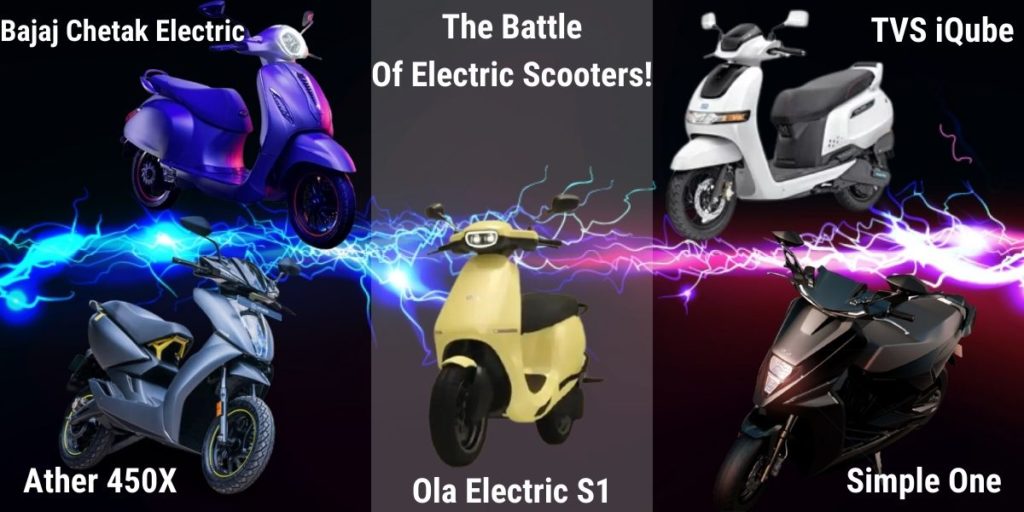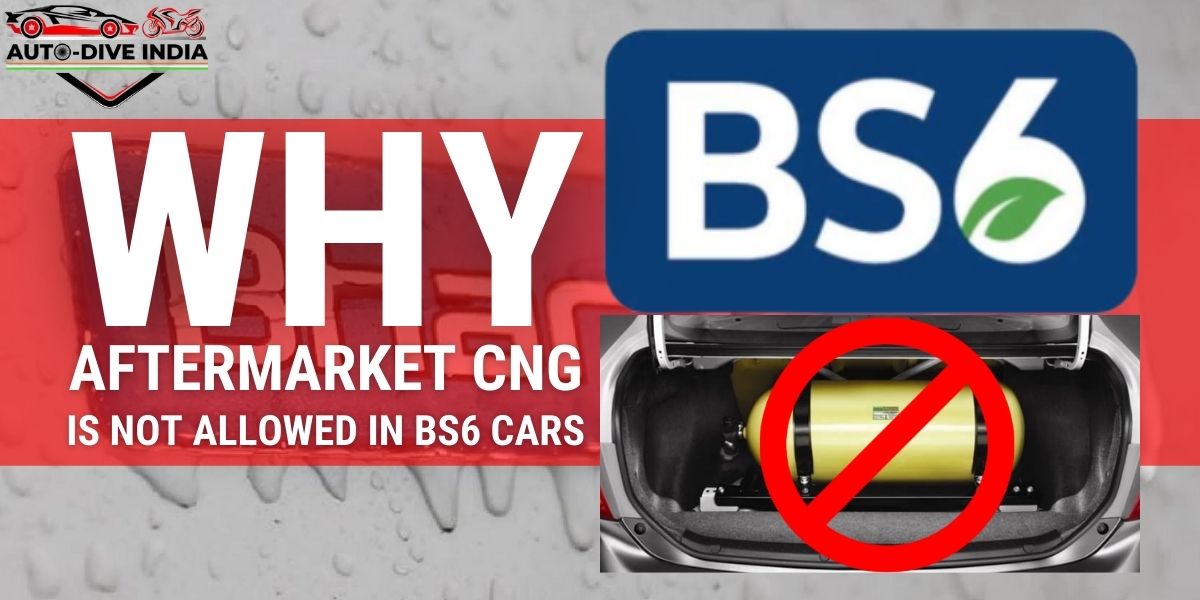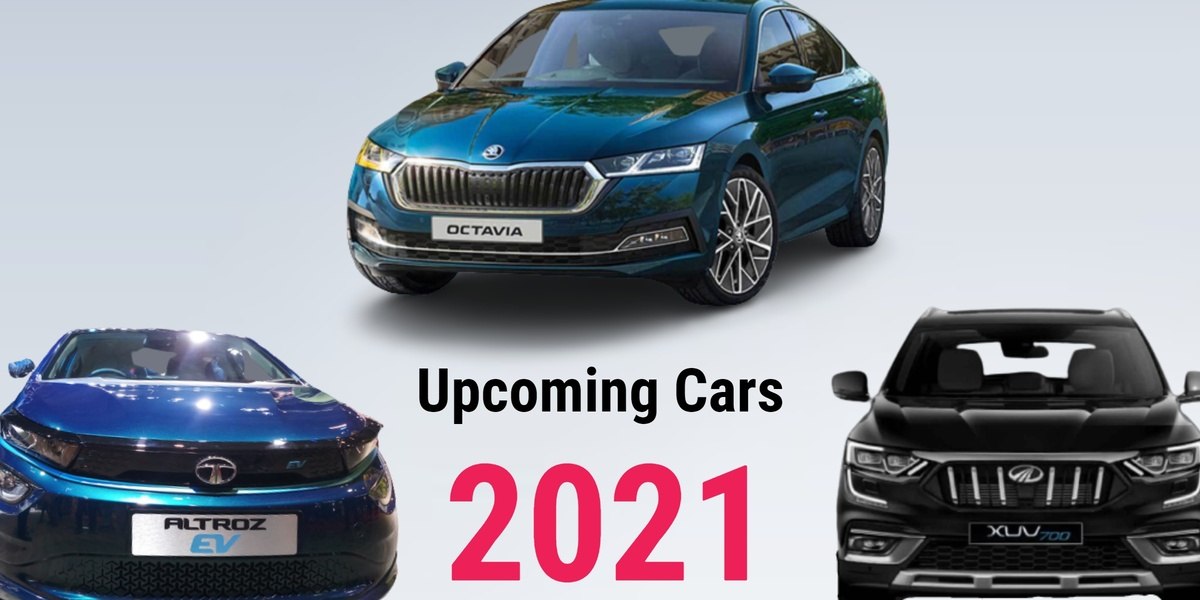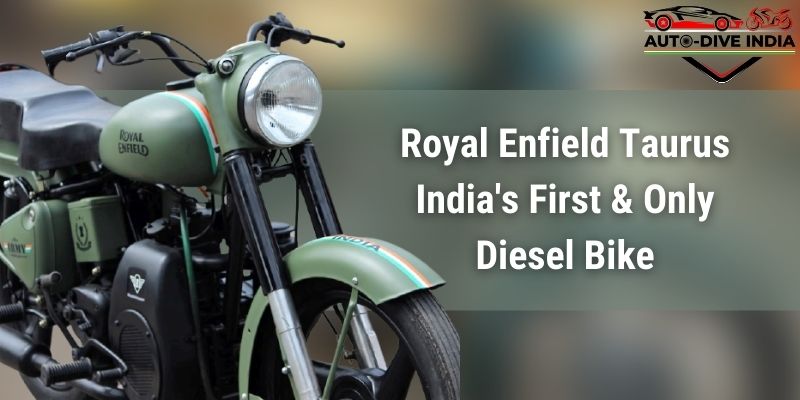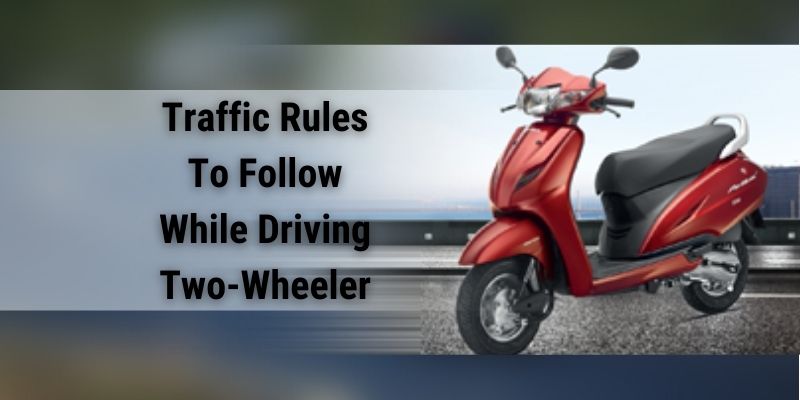As the rush is currently towards the EVs and is expected to be there for some more time, Ola Electric and Simple Energy have launched their own electric scooters. Simple Energy has just given a simple name i.e. One while Ola Electric has decided to name their scooter S1. Simple One comes in only one variant while Ola Electric S1 comes in two variants. So, let’s dig deeper into Ola Electric S1 vs Simple One and other rivals.
Ola Electric S1 vs Simple One Vs Rivals: Which E-Scooter offers better performance?

If we talk about Ola Electric scooters, they have a 2.98 kWh battery in Ola S1 and a 3.97 kWh battery in Ola S1 Pro. The claimed range is 121 km and 181 km for S1 and S1 Pro respectively. The range in real-world testing might differ as these are ARAI numbers when these scooters are used in the best-case scenarios.
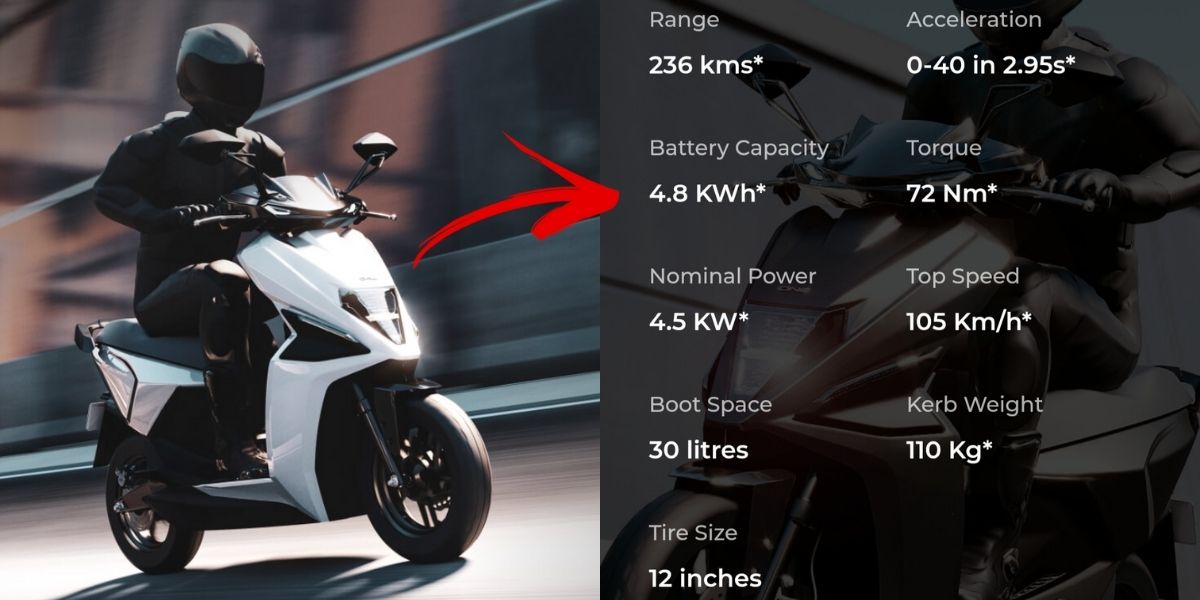
On the other hand, Simple One offers a massive 4.8 kWh battery which is the biggest among all the electric scooters that are currently available in India. Ather’s 450X features an almost half-sized battery than the Simple One. TVS iQube also has more than half-sized battery than Simple One. Due to this reason, Simple Energy is claiming about 203 km of range for obvious reasons. This is a real-world range that it will provide if the scooter is set in Eco mode.
What about the scooters that are already on the market?
While talking about Chetak’s scooters, they are heavily priced and feature a 3 kWh battery in both models. All the scooters discussed use fixed batteries in them while Simple One has a partially removable battery of 1.6 kWh.
Let’s have a view on motors now. Ola S1 Pro claims peak performance at 8.5 kWh that is the highest among all as even Ather 450X can max out at 6 kWh. The lower model of Ola Electric i.e. S1 also claims the same 8.5 kWh peak performance while Ather 450 Plus can reach up to 5.4 kWh. There is a big difference in the torque as Ather 450 Plus produces 22Nm and 450X produces 26Nm of torque while Ola S1 has an upper hand with 58Nm of torque.
Talking about other TVS iQube, it maxes the motor performance at 4.4 kWh and 33Nm of torque, while, Bajaj Chetak maxes the motor at 4.08 kWh and 16Nm of torque. Simple One takes a lead again in torque production by giving on paper number of 72Nm while its motor’s peak performance is at 4.5 kWh.
While weighing these scooters gives Ather 450X a lead as it weights 108 kg and Simple One weighs slightly above that at 110 kg. Ola Electric models weigh more at 121 kg and 125 kg for S1 and S1 Pro respectively. Bajaj Chetak and TVS iQube weigh 118 kg which is in between all the previously discussed models.
Specification Chart:
| Basis/Model | Ola S1/S1 Pro | Ather 450 Plus/450X | Simple One | Bajaj Chetak | TVS iQube |
| Battery Type |
Lithium-ion |
||||
| Kerb Weight | 121/125 kg | 108 kg | 110 kg | 118 kg | 118 kg |
| Battery Capacity | 2.98/3.97 kWh | 2.23/2.61 kWh | 4.8 kWh | 3 kWh | 2.25 kWh |
| Motor Peak Power | 8.5 kWh both | 5.6/6 kWh | 4.5 kWh | 4.08 kWh | 4.4 kWh |
| Torque | 58Nm | 22/26Nm | 72Nm | 16Nm | 33Nm |
| Top Speed | 90/115 km/h | 80/80 km/h | 105 km/h | 70 km/h | 78 km/h |
| Acceleration
0-40 km/h |
3.6/3 sec | 3.9/3.3 sec | 3 sec | sec | 4.2 sec |
| Range | 121/181 km | 75/85 km | 203 km | 75 km | 90 km |
Which e-scooter is future-ready? Features Comparison!
Discussion about features is necessary as these modern vehicles have come up with so many amazing features. Ola, Ather, and Simple feature a touchscreen TFT display which is so cool in a scooter. TVS also features a TFT display but it is not a touchscreen one as it has to be controlled with dedicated buttons. While Bajaj Chetak has a basic LCD to show necessary and basic information and the user can download its app to access more info.
It will now be a lot easier for users to access navigation, SMS alerts, pick or reject calls, check riding stats, and much more. Ola has some additional features like a brake pad wear sensor and its voice assistant. Only Ola and Simple provide cruise control features in their models. Now reverse functionality is also available in scooters thanks to these new futuristic models.
Prices and Variants
Simple One is launched in only one variant that costs ₹1.10 Lakhs while Ola Electric has debuted in two variants. Ola S1 is the lower model priced at ₹99,999/- and the higher model costs ₹1.29 Lakhs. All these prices are after considering the FAME II subsidy that EVs are taking benefit of. After these, state subsidies will also apply depending on different states and subsidy policies. So, the prices can be attractive in states such as Delhi, Gujrat, and a few others.
Some electric scooters are priced after the FAME II subsidy and Delhi’s subsidy policy. Some other rivals in the market are Bajaj Chetak Urbane priced at ₹1.42 Lakhs for the Urbane model and the Premium model costs ₹1.44 Lakhs. On the other hand, the Ather Energy 450 series costs ₹1.13 Lakhs for the 450 Plus variant and ₹1.32 Lakhs for the 450X variant. Last but not the least, TVS iQube which is aggressively priced and slightly above the Ola S1 is priced at ₹1.01 Lakhs.
Verdict: Ola Electric S1 Vs Simple One Vs Rivals, Which one should you choose?
As Ola and Simple have entered the electric scooters space, it has increased the developing rate of the segment just like it happened with the electric cars segment. With a limited price range, Ola S1 and Simple One have offered so much more and have created a competitive market in the industry forcing companies for new developments.
We’ll be closely monitoring how these new electric scooters perform in the real world and if they meet the on paper claims or not.
